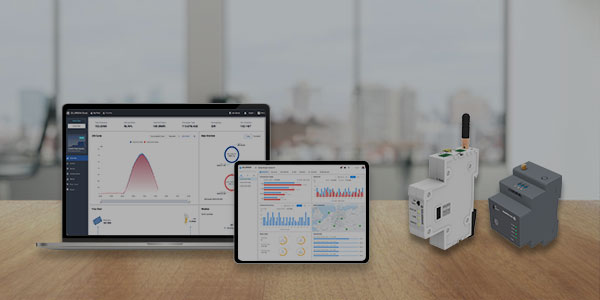Data Collection: Energy monitoring systems collect data from various sources, including smart meters, sensors, and other devices. This data can include electricity, gas, water, or even renewable energy sources like solar panels.
Real-time Monitoring: Many energy monitoring systems offer real-time data, allowing users to see their current energy consumption and patterns as they happen. This can be useful for immediate adjustments.
Data Analysis: These systems often include data analysis tools that can identify trends, peak usage times, and areas of inefficiency. This information helps users make informed decisions to reduce energy consumption.
Cost Savings: By identifying wasteful energy practices and optimizing usage, energy monitoring systems can lead to cost savings. Users can make adjustments to reduce their energy bills.
Environmental Impact: Energy monitoring systems can also help individuals and organizations track their carbon footprint by monitoring energy consumption and reducing it, thus contributing to environmental sustainability.
Integration: Some systems can be integrated with smart home or building automation systems, allowing for automatic adjustments based on energy usage data.
Remote Access: Many energy monitoring systems offer remote access through mobile apps or web interfaces, enabling users to check their energy usage and make adjustments even when they are away from the monitored location.
Reports and Alerts: Users can often receive reports and alerts regarding their energy consumption, making it easier to stay informed and take action.










